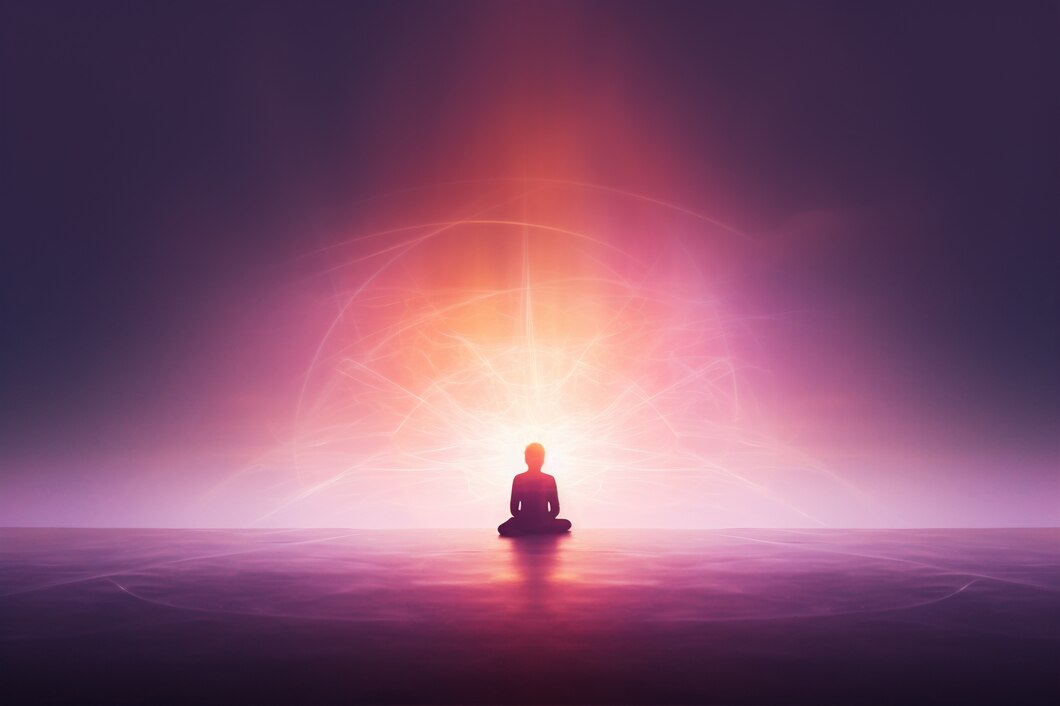Consciousness and Reality in Light of Quantum Mechanics
When you close your eyes and open them again, think about whether what you see is shaped by how you perceive it. Some smart folks who came up with quantum mechanics believed that our consciousness plays a big role in creating the world we experience. This might sound strange, but even ancient thinkers, like those in Vedic and Vedanta philosophy, considered the universe to be like an illusion. So, is it possible that science and religion could be on the same page? These quantum scientists thought so, and we’ll soon figure out if they were onto something. But before that, let’s dig into why these scientists embraced such a supernatural idea.
Double Slit Experiment
The double-slit experiment is like the superhero of science, especially in quantum theory. It basically shows that what we think is real might be a bit of a trick. Back in the 17th century, scientists were split into two teams: one thinking light is like tiny particles, and the other thinking it’s more like waves. Both sides had good proof, and for a long time, everyone leaned towards the particle idea. But in the 19th century, some experiments said, “Hold up, light is actually a wave!” This wave idea became the star of the show for the next hundred years.
In the 20th century, two experiments were conducted that brought Newton’s particle theory back to life. The first was the photoelectric effect experiment conducted by Einstein in 1905, which showed that light behaves like particles when interacting with electrons. The second was the Compton scattering experiment of 1923, which demonstrated that x-ray light transfers its energy to electrons when it collides with them. With one theory and two experimental evidences on each side, the debate continued, and no solid tiebreaker could be found.
Read Also: Hypertime in Physics
Nature of Light
Finally, all physicists unanimously agreed that light probably shows dual nature. It exists as both particles and waves. This belief was a major turning point in the world of physics and led to the understanding of matter. Physicists started to wonder if normal matter and its particles could also show this wave-particle duality. In 1927, the Davisson-Germer experiment proved that on a quantum level, all things, including matter particles like electrons and quarks, also exhibit wave-like behavior.
Just imagine the dilemma this created in the minds of scientists. On one hand, they knew they could touch and feel the things around them, but experimentally, it seemed that everything also had wave-like properties on a quantum scale.
Read Also: Gravity Light
All those things are actually not made of solid particles, but made of waves, which cannot be touched because they have no definite position. They just have a possibility of meeting in one of the other locations. From here, an obvious implication came out that perhaps, on an ultramicroscopic quantum level, the world works in such a strange way, but, from that quantum level, to our macro world, something is happening that they are giving up their wave nature and are transforming into a definite, specific reality. No one knew how this was happening. No theory could explain this.
Illusion
To explain this, scientists took the help of philosophy. Scientists like Schrodinger and Heisenberg were inspired by Hindu philosophy, where something is created by illusion. But this is not a take-home message that everything is created by illusion. The story is not over yet. Many fathers of quantum physics were not able to interpret it properly. Today, with modern technology, we can know more than that.
Scientists found it so complicated to convert this wave nature into a particle that it was like a product of an illusion. They invented a mathematical formula called wave function to study this wave nature in depth. They realized that the answer to this can only be given by a double slit experiment. They did a thought experiment that if we use a detector in the double slit experiment to keep an eye on those photons, maybe our act of measurement will force the wave nature of a particle to change into reality, to change into particle nature.
Read Also: Voice Cloning Ai Scams
Many mystics and supernatural gurus started writing books based on this idea, but that is a completely wrong interpretation. Einstein also found this idea very strange. He did not agree with the thought experiment in Niels Bohr’s double slit experiment.
Interpretation
The picture is still remaining. The solid proof of this observation was missing. Today, with modern technology, we have the opportunity to understand quantum mechanics more accurately than their founding fathers. Heisenberg, Niels Bohr, or even Schrodinger could never do these experiments, which could give the correct interpretation.
Also know About : REVERSE FACE SEARCH
This historical confusion will be cleared with this updated experiment of wave function collapse, practically explained by German physicist H. Dieter Zeh. He practically performed the double slit experiment with a detector in 1970 and presented his observations and conclusions to the world. His experiments told us that the waves of matter collapse and create reality.

